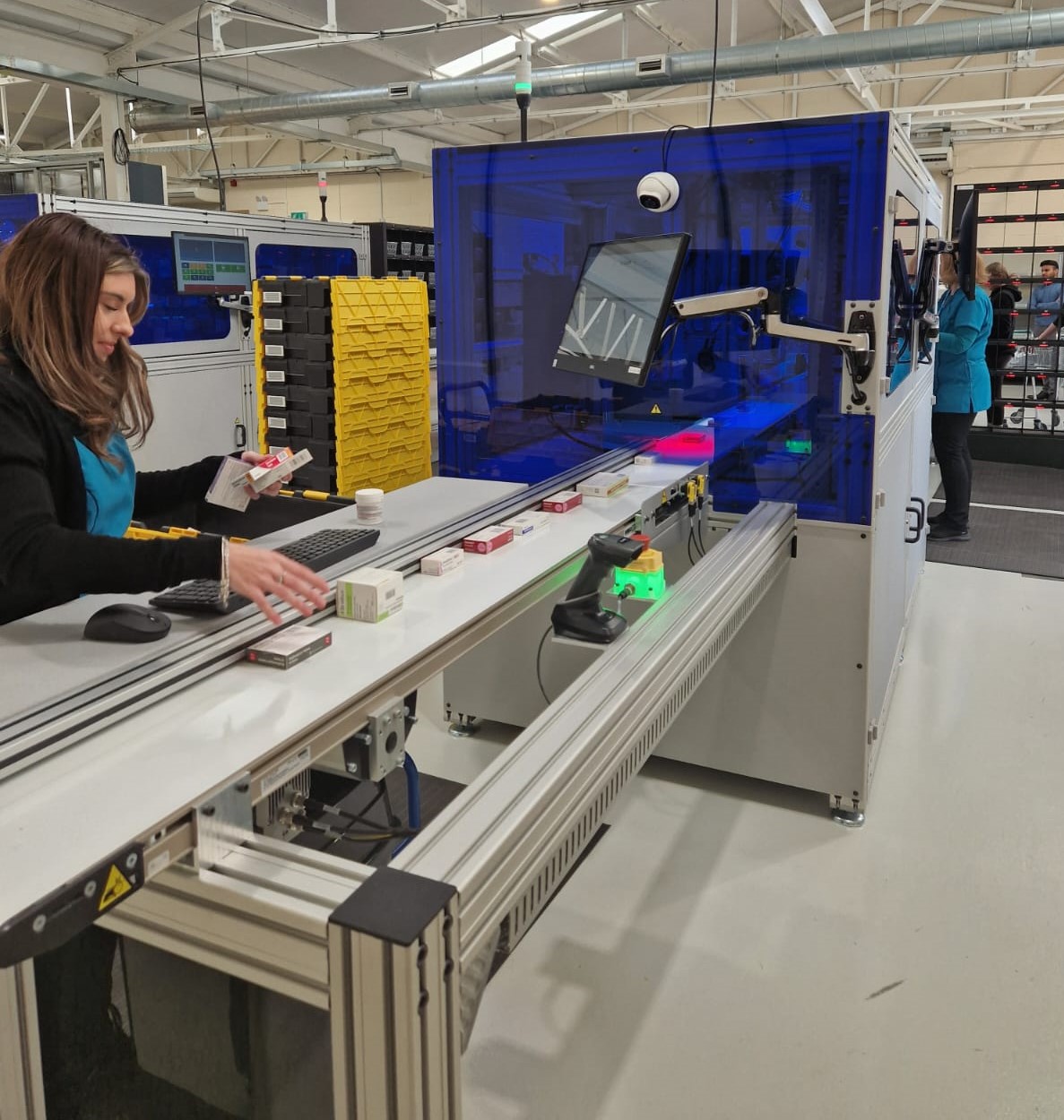The passing of the Medicines and Medical Devices Bill last February gave the Department of Health the power to change legislation to allow all community pharmacies to operate a hub-and-spoke dispensing model, regardless of whether they are part of a chain or an independent. The ‘full public consultation’ continues but an end to the inquiry is looking imminent.
Two schools of thought have emerged to dominate a lively debate. One suggests that a hub and spoke model undermines the purchasing power of Independents in the medicine supply chain to their disadvantage. The other suggests that it’s an opportunity, in a tight labour market, to free up the pharmacist and pharmacy staff to focus on clinical care and expand their range of services.
There has been speculation that these proposals may allow large pharmacy chains with automated hubs to charge smaller chains and independent pharmacies for “prescription assembly services” leading to an erosion of profits that cannot be recouped by any amount of patient facing services.
But what if there was a better model available? One which is well-worth exploring.
When hub and spoke is discussed the perception is often large facilities with expensive automation sat in a warehouse somewhere away from the pharmacy front line. In reality, there are degrees of automation that suit both smaller independents and the larger chains. In fact, done correctly, hub and spoke can actually work to the independent’s advantage. There is a solution that could actually allow independent pharmacies to thrive in this new world.
Hub and spoke is now accessible and affordable for the independent pharmacy with scalable options for pharmacies with as few as three branches. And for standalone independents, all it would take is for three or more pharmacies in an area to start talking about co-operation and supporting each other to realise that potential too. Admittedly, one of the pharmacies would need some available space to operate the hub but the footprint is often not as big as people think. Technology comes in different shapes and sizes and there are a number of scalable solutions on the market. Centred Solutions has automated repeat dispensing solutions that reimagine prescription workflows and make the benefits of hub dispensing affordable and accessible for all UK pharmacies.
A model of pharmacy collaboration and starting small could work operationally with no fear factor or loss of control. Dispensing is still kept close to the store and each pharmacy is involved in the decision-making, bringing dispensing efficiency and greater purchasing power. In addition, investing in scalable solutions gives you the flexibility to grow your business further before taking the next step on your automation journey. Such an approach gives pharmacies the freedom to increase dispensing and, more importantly, revenue generating private services without having to take on more staff.
Now is the time for independent pharmacies to think innovatively and get ahead of the forthcoming legislation change by exploring the right options for their businesses. Only last week Health Secretary, Sajid Javid, said frontline innovators and system leaders should have more support as part of the agenda to place pharmacy at the heart of the healthcare prevention agenda. To provide more services it is vital to automate the more manual and administrative tasks your staff are doing. There are affordable and viable solutions available right now which are accessible for all pharmacies, regardless of size.




